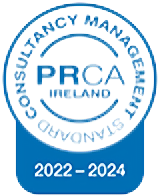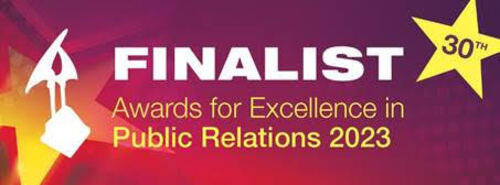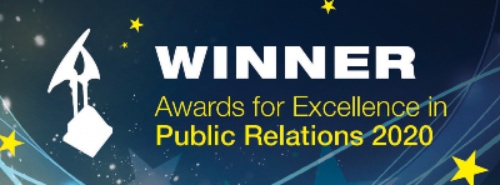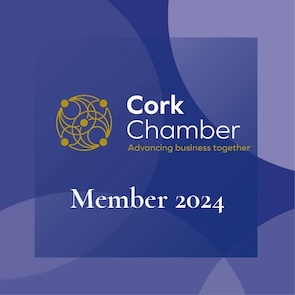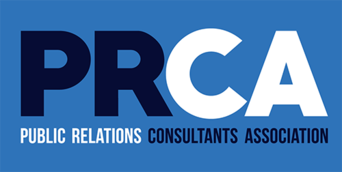Two-Way Communication: The Rise, Benefits and Drawbacks
Communicating with stakeholders is a key element of public relations. Traditionally, this has been a one-way relationship, with messages coming from an organisation and being received by an audience or stakeholder. In many cases, the communication process stopped at this point. This is no longer the case as we now live in an age where two-way communication is common.
What’s changed?
The ability for two-way communication has been enabled by the rise, predominantly, in new technologies and media. We have seen a rise in owned media, through social media and organisations’ own websites. These channels allow for two-way communication. With social media, this typically comes by way of engagement through likes, comments and shares. With websites, this can come by many ways, usually there is a ‘contact us’ section. Similarly, many organisations now operate their own blog or podcasts and there is often a comment section where those interested can share their views. This is very different from the traditional means of communication.
What are the benefits of two-way communication?
Understanding a stakeholder is crucial when looking for the relationship between an organisation and stakeholders to be positive. Communication is key here. However, the one-way communication system of the past often hindered this relationship. In many instances, there was no method for stakeholders to respond once they received communication.
Therefore, a major benefit of two-way communication is the greater understanding of key audiences and stakeholders. This is because two-way communication essentially allows for feedback. Not only does two-way communication help build greater understanding, it also helps to build greater trust with stakeholders.
We have seen many organisations greet two-way communication with open arms and use it to develop their brand. This is evident from small businesses all the way up to large multinationals. Ryanair’s use of TikTok is a great example of this, with the company regularly replying to and interacting with comments.
Traditionally, messages were often communicated through journalists, leading to them becoming known as ‘gatekeepers’ of information. Many two-way communication channels allow the organisation and stakeholder to communicate directly, which means their messages no longer need to go through an intermediary. This also ensures that the message is not altered in any way.
Potential drawbacks
While the ability to communicate two-ways has certainly brought many advantages, it would be an oversight to say that it is without challenges. However, this is to be expected to a certain extent whenever there is an innovation in the communication process.
The major drawback is that the two-way communication channels are open to pretty much anyone. While this is great for connecting with stakeholders, it does open the door for bad actors to participate in the communication process. This typically happens on social media, with the main culprit being trolls. Sometimes this can be harmless, other times it can have serious reputational damage for a business. Unfortunately, many organisations are all too familiar with this. Uber is an example of an organisation who received negative headlines for the actions of an online troll. A troll set their twitter handle to an offensive slur, then tweeted at Uber Support. The support account then automatically responded using the slur to address the account’s query. This caused offence to many online social media users who saw the tweet. This was able to happen as the response to the troll was auto generated and there were no filters in place to prevent such an incident.
This shows why it is vital for communication professionals to have an understanding of the channels they are using.
Overall, as two-way communication presents an opportunity to connect with stakeholders, communication professionals must ensure they have an understanding of the platform they are using. Otherwise, the potential drawbacks can quickly turn into negative headlines. Unlike one-way communication which, historically, was simply a transfer of information, two-way communication facilitates a conversation between organisations and stakeholders. When used correctly, it increases engagement and relationships.
Jamie Twomey is Junior Client Executive at AM O’Sullivan PR.


